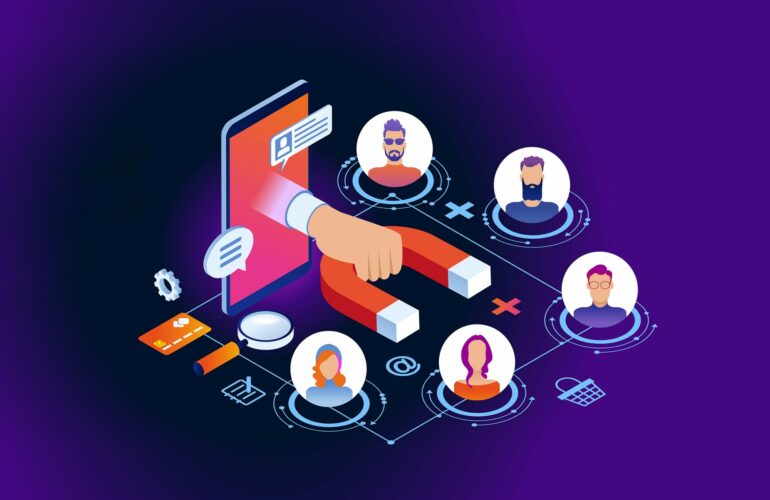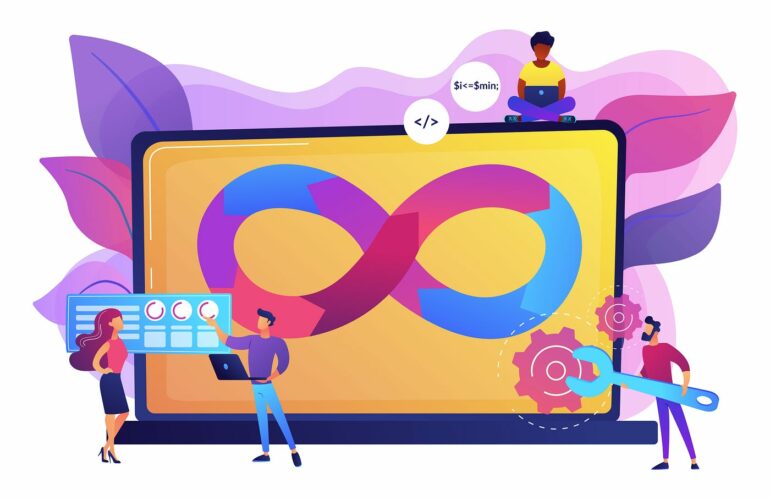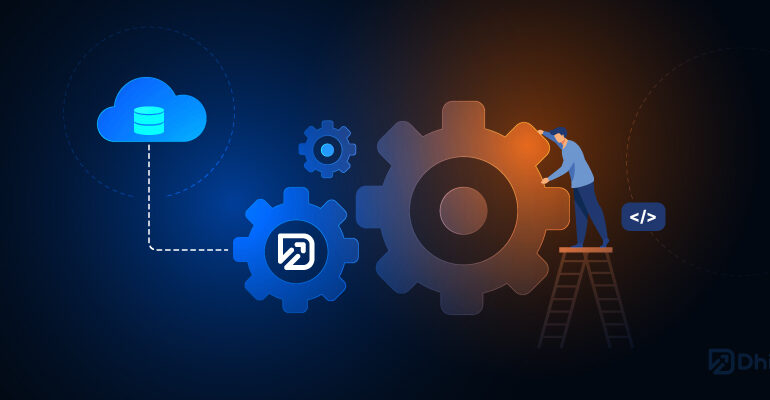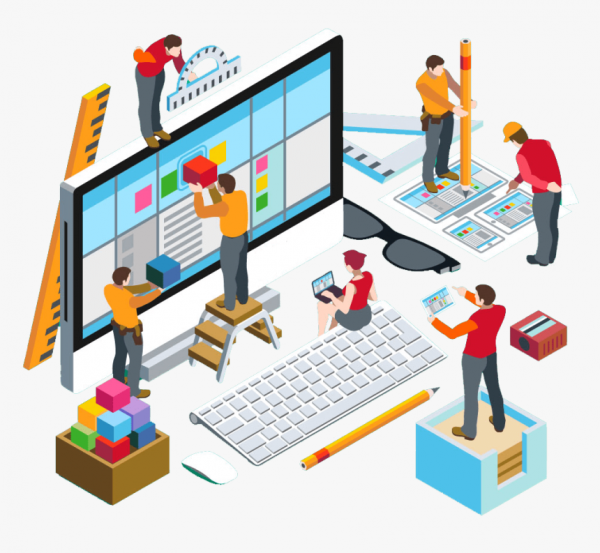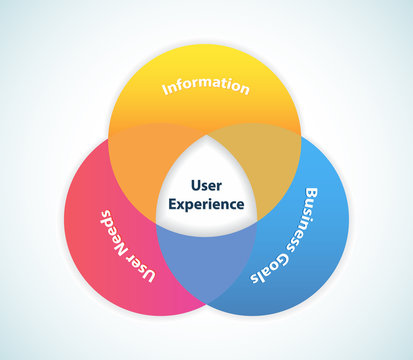Cloned Social Media Apps: Fad or Future Innovation?
Technology and social media, innovation often takes a backseat to imitation. It’s not uncommon to see new social media apps that are essentially clones of existing ones. This phenomenon has sparked a debate about whether cloned social media apps are merely a passing fad or if they represent a potential future in the ever-evolving landscape of online communication.
The Rise of Cloned Social Media Apps
Cloned social media apps are not a new phenomenon. They have been around for years, but their popularity seems to ebb and flow. These apps replicate the core features and functionalities of established platforms like Facebook, Instagram, TikTok, and Snapchat. Users often find themselves experiencing déjà vu when using these clones because they look and feel strikingly similar to the original apps.
The main allure of cloned social media apps lies in their ability to tap into the success of established platforms. Users are already familiar with the user interface, features, and even the algorithms that power these apps. This familiarity can make it easier for a cloned app to attract users quickly.
The Fad Argument
Critics of cloned social media apps argue that they are nothing more than short-lived fads. They contend that while these apps might experience a surge in popularity initially, their lack of innovation and originality will ultimately lead to their downfall.
One of the primary concerns is that cloned apps often face legal issues related to copyright and intellectual property. Developers of the original apps may take legal action to protect their creations, which can result in the shutdown or removal of the clone. This legal uncertainty can discourage investors and users alike.
Furthermore, the success of cloned apps is often reliant on the popularity of the original app they mimic. If the original app loses its appeal or falls out of favor, the cloned app’s user base could quickly dwindle.
Proponents of cloned social media apps argue that they serve a legitimate purpose in the social media ecosystem. They contend that these apps can provide users with alternatives and choice, which is essential in any healthy marketplace.
Additionally, cloned apps can sometimes improve upon the features of the original platform. Developers may listen to user feedback and make changes that address shortcomings or enhance the user experience. This competition can drive innovation and encourage the original platform to continue evolving.
Cloned apps can also cater to specific niches or demographics that may not be adequately served by the original platform. They can provide a sense of community and identity that resonates with certain groups of users.
The Middle Ground
The reality likely lies somewhere in between the two extremes. Cloned social media apps are not inherently doomed to fail, nor are they guaranteed to disrupt the status quo. Their fate depends on a combination of factors, including legal considerations, user adoption, and the developers’ ability to differentiate their app from the original.
It’s essential to recognize that the success of a social media app depends on more than just its features. Factors such as timing, marketing, and user engagement play significant roles. Cloned apps that can build a strong user base and offer something unique, whether it’s a new twist on existing features or a niche community, stand a better chance of survival.
Cloned social media apps are a complex and contentious topic in the world of technology and social networking. While some may view them as mere imitations with a limited shelf life, others see them as an important part of the evolving social media landscape. Ultimately, the future of cloned social media apps will depend on their ability to adapt, innovate, and provide value to users beyond what the original platforms offer. Whether they are a fad or the future, only time will tell.





